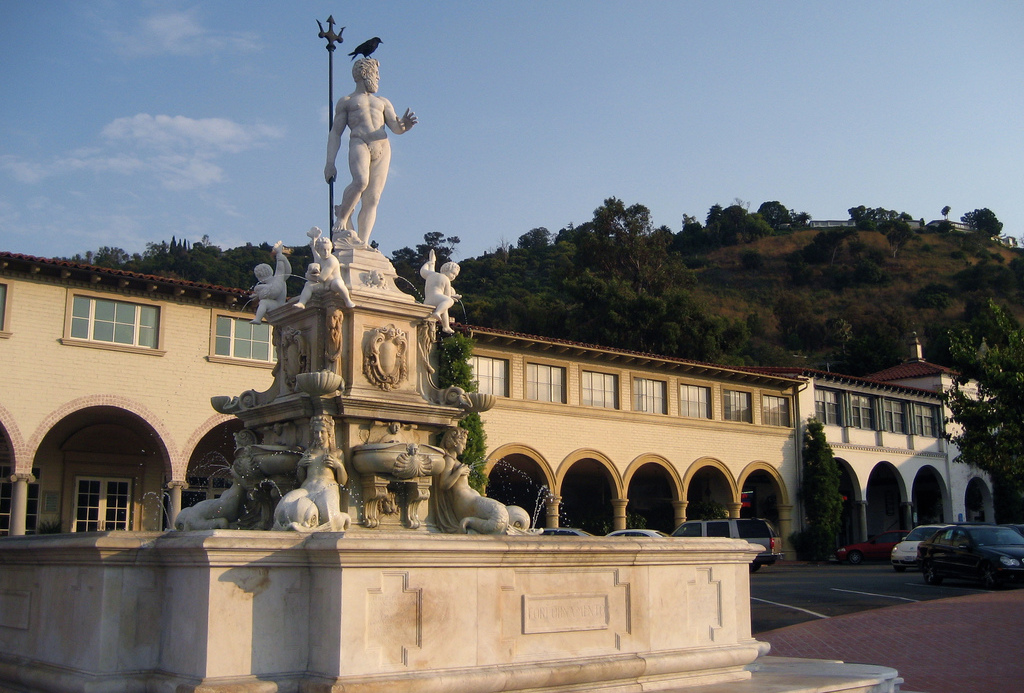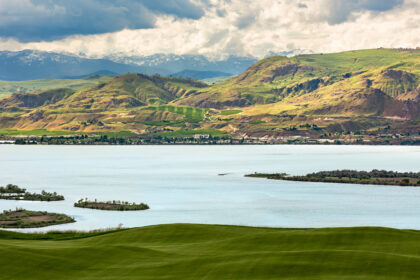Palos Verdes Estates (Palos Verdes, Spanish for “Green Sticks”) is a city in Los Angeles County, California, United States, situated on the Palos Verdes Peninsula. Take a look below for 15 fun and awesome facts about Palos Verdes Estates, California, United States.
1. The city was master-planned by the noted American landscape architect and planner Frederick Law Olmsted Jr.
2. The city is located along the Southern California coastline of the Pacific Ocean.
3. The population was 13,438 at the 2010 census, up from 13,340 in the 2000 census.
4. According to the 2000 U.S. Census, Palos Verdes Estates is the 81st richest place in the United States with at least 1,000 households (based upon per capita income).
5. The 90274 ZIP code (covering the cities of Palos Verdes Estates and Rolling Hills) was ranked the 47th most expensive housing area among high property value U.S. ZIP codes in a 2007 study by Forbes.com.
6. Palos Verdes is also particularly well known for its high-performing schools, with various national publications ranking the high school between 8th- and 44th-best in the nation in the 2000s and 2010s.
7. Palos Verdes Estates was established as a planned community in 1923, with 3,200 acres (1,300 ha) carved out of the former Rancho Palos Verdes property of over 16,000 acres (6,500 ha).
8. Frank Vanderlip established both a land syndicate holding the Palos Verdes peninsula, and a real estate development trust for the Palos Verdes Estates subdivision.
9. The Commonwealth Trust Company filed the Palos Verdes Protective Restrictions in Los Angeles County in 1923. These restrictions established rules for the developer and all land owners.
10. The developer was required to set aside half of the land for common use, including roads and parks, but also to build bridle paths, a golf course, and retain several miles of coastline free of development. No less than ninety percent of the remaining land was required to be used for single-family homes.
11. The designers of Palos Verdes Estates, Frederick Law Olmsted Jr. and Charles Cheney, used deed restrictions as a method of controlling development of the subdivision, even after many of the lots would have already been sold.
12. The deed restrictions prohibited nuisance businesses, such as polluting industries, but also bars and cemeteries. The deed restrictions also included an exclusionary racial covenant which forbid an owner from selling or renting a house to anyone who wasn’t Caucasian. They were also not permitted to have African-Americans on their property with the exception of chauffeurs, gardeners, and domestic servants.
13. The “sundown rule” was strictly in effect, and it wasn’t until 1948 when such restrictions were declared unconstitutional. Yet, it took 20 more years until the Fair Housing Act was passed in 1968 for the reality of the civil rights protections to take hold.
14. An art jury reviewed all building plans, regulating any structure in regard to style, material, and even small details like color and the pitch of the roof. The construction of fences and hedges were subject to evaluation by the art jury.
15. At the time of the city’s incorporation in 1939, the business and shop area around Malaga Cove had most of the Peninsula’s earlier buildings. The Malaga Cove Plaza building of the Palos Verdes Public Library, designed by Pasadena architect Myron Hunt, was placed on the National Register of Historic Places in 1995. Palos Verdes Estates was one of the earliest masterplanned communities in the United States.




